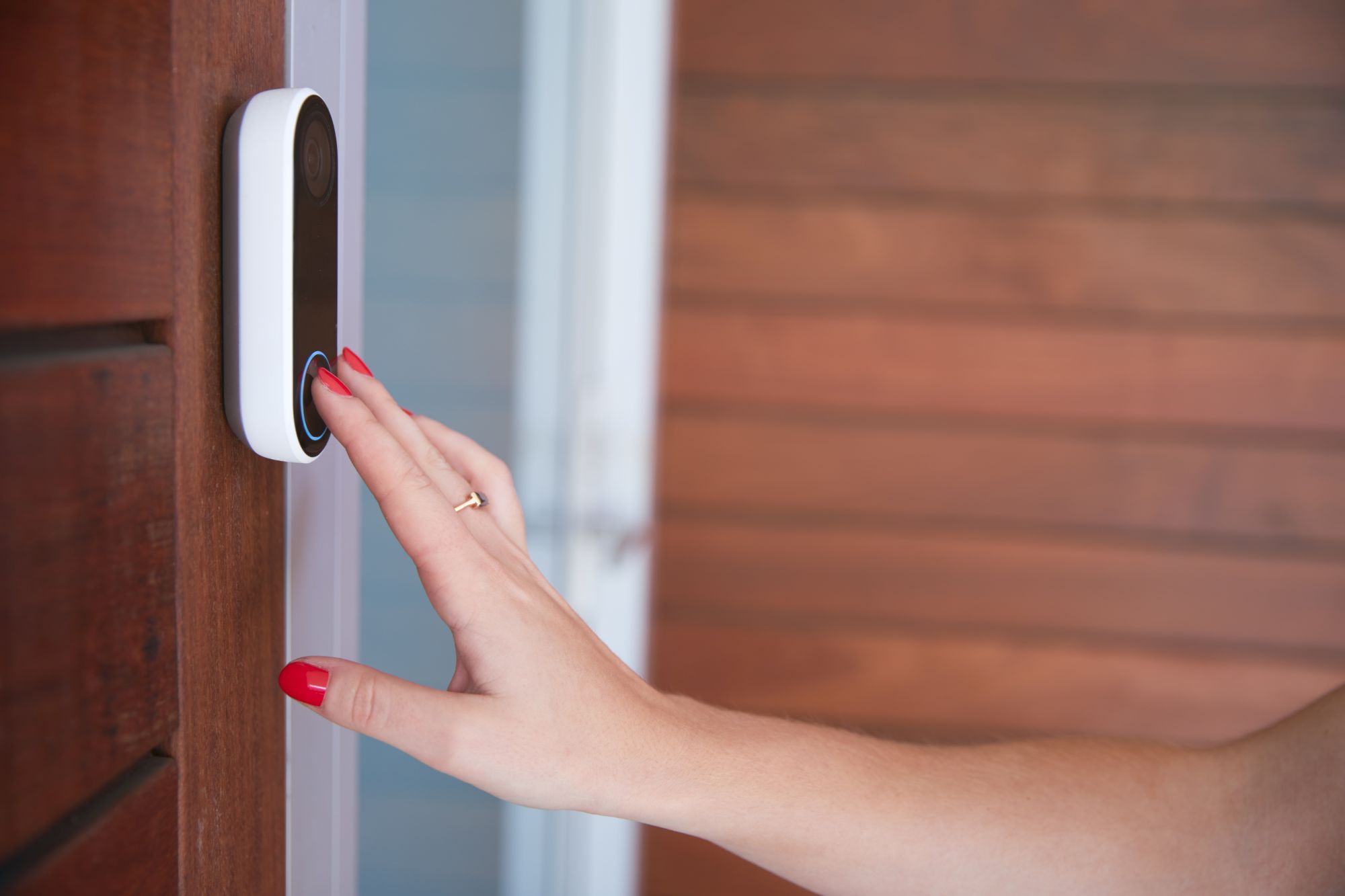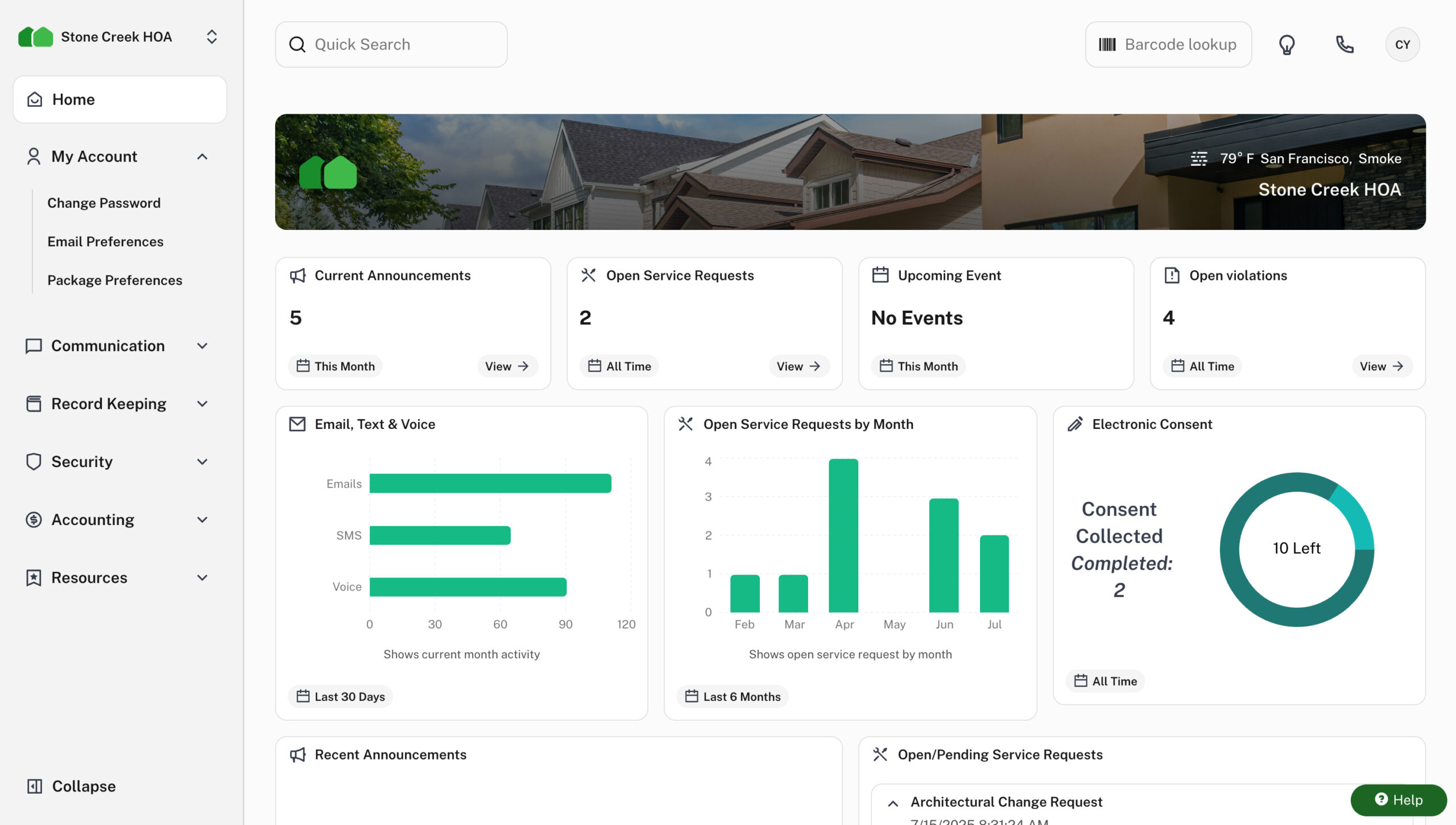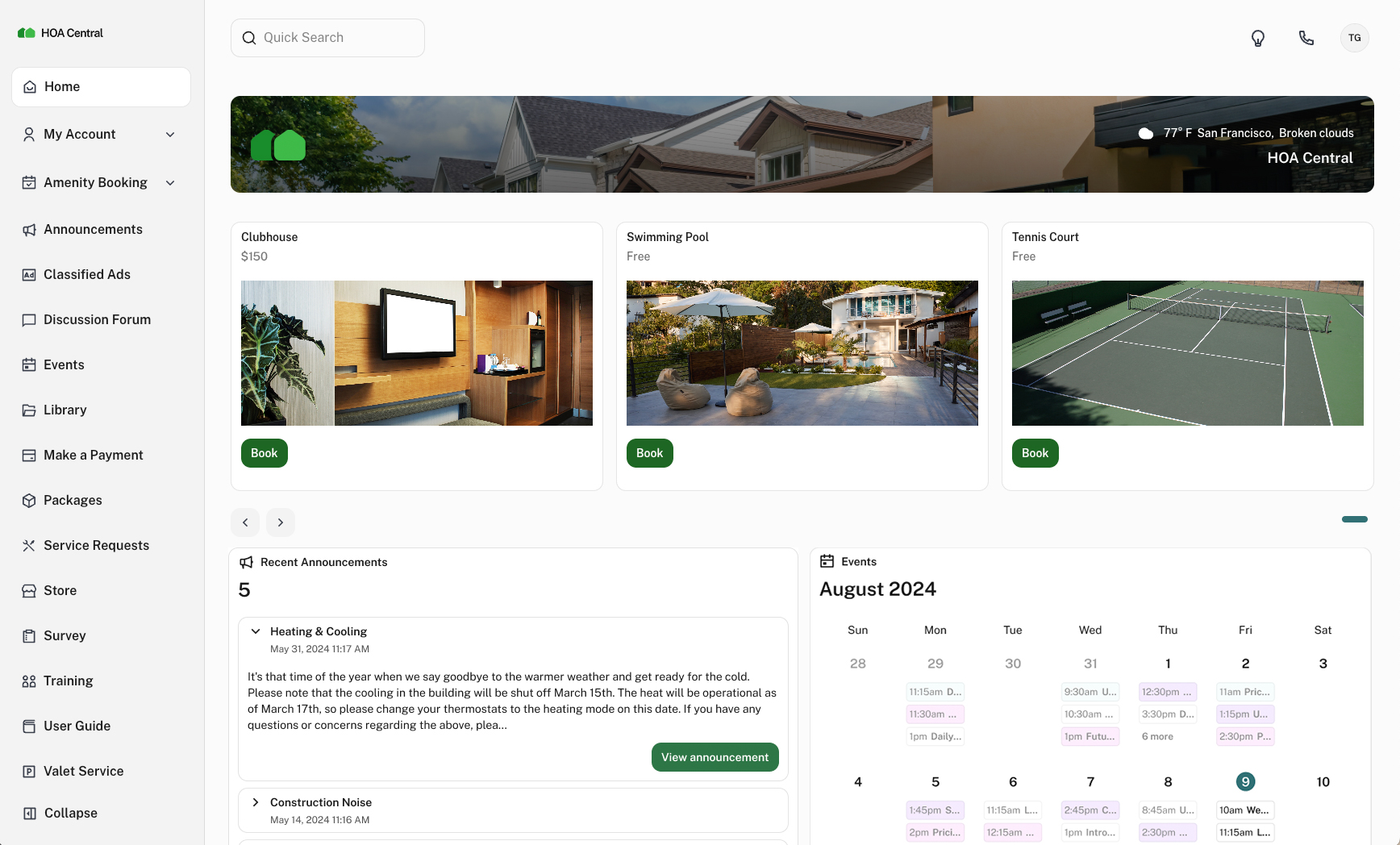Not so spooky holiday decoration rules for HOAs
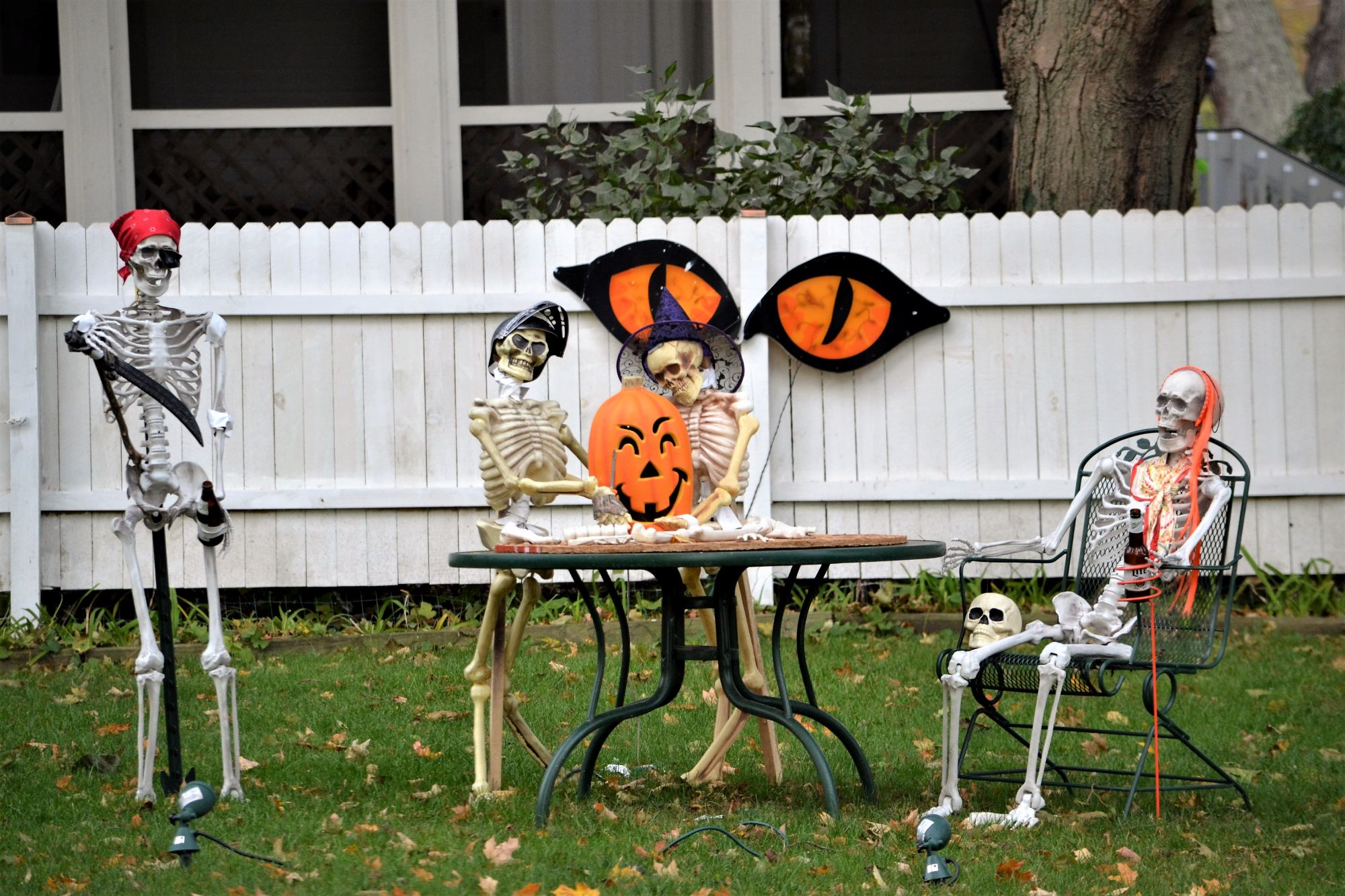
With Halloween, Thanksgiving and joyous winter holidays on the horizon, we thought it would be helpful to share information about HOA décor.
Some people love to celebrate. They bake, wear special outfits, and go all out with inflatable characters, music and lights. But not everyone is so enthusiastic or inviting of big, bright displays.
Though the holidays are meant to be happy times, they can also be contentious times in HOAs.
Table of contents
- Anchor your decoration rules in safety, time, place, and manner
- Respect protected displays
- Promoting your HOA holiday decoration rules
After all, associations strive to maintain uniformity and keep the peace. When someone purchases a 12-foot-tall skeleton, installs it on their front lawn, and adds a smoke machine for extra drama, not everyone will be happy about it.
Dealing with owner complaints about their neighbors’ decorations, while trying to maintain holiday cheer, can leave an association feeling like it’s fighting a losing battle.
The solution: clear, content-neutral holiday decoration rules. HOAs are encouraged to let communities celebrate, but without nuisance, hazards, or legal exposure.
Anchor your decoration rules in safety, time, place, and manner
Well-crafted rules focus on how, when and where decorations can be installed. Because HOAs are subject to the Fair Housing Act, they are prohibited from engaging in discriminatory housing practices on the basis of specific categories, including religion. So HOAs could not enforce a policy that banned certain religious holiday displays.
Having a policy that bans all religious holiday displays could still be challenged as being discriminatory. Instead, it is better to draft rules which focus on details such as the size, number, and location of displays as opposed to restricting the particular content of the displays themselves.
Unfortunately, that means owners cannot go all out for Halloween or Christmas. Pumpkins, wreaths, small signs, or string lighting are generally okay. Graphic displays, excessive gore, or oversized inflatables…not so much.
Timeframes
Allow décor to go up at a set time before the holiday, and require removal shortly after the holiday is over. Typically, decorations may be displayed up to 30 days before a holiday, and must be removed no later than 14 days after it ends.
Light and noise limits
Set expectations regarding the number and placement of lights to avoid blinding displays that will almost certainly be a nuisance to neighbors. For example, specify if lights can be installed in trees, across roofs, on front porches, etc.
Specify acceptable light colors and brightness levels to create uniformity across the community.
Try to be reasonable, though. An owner once complained that their HOA required warm white lighting, not cool white lighting.
On a similar note, most communities will ask for silent decorations, or limit when sound can be turned on. Music, animated installments, and sound effects can become disruptive if not managed properly.
To maintain peace, specify quiet hours for lights and sounds, such as turning everything off by 10 p.m. Music and lights may be turned back on at 5 p.m.
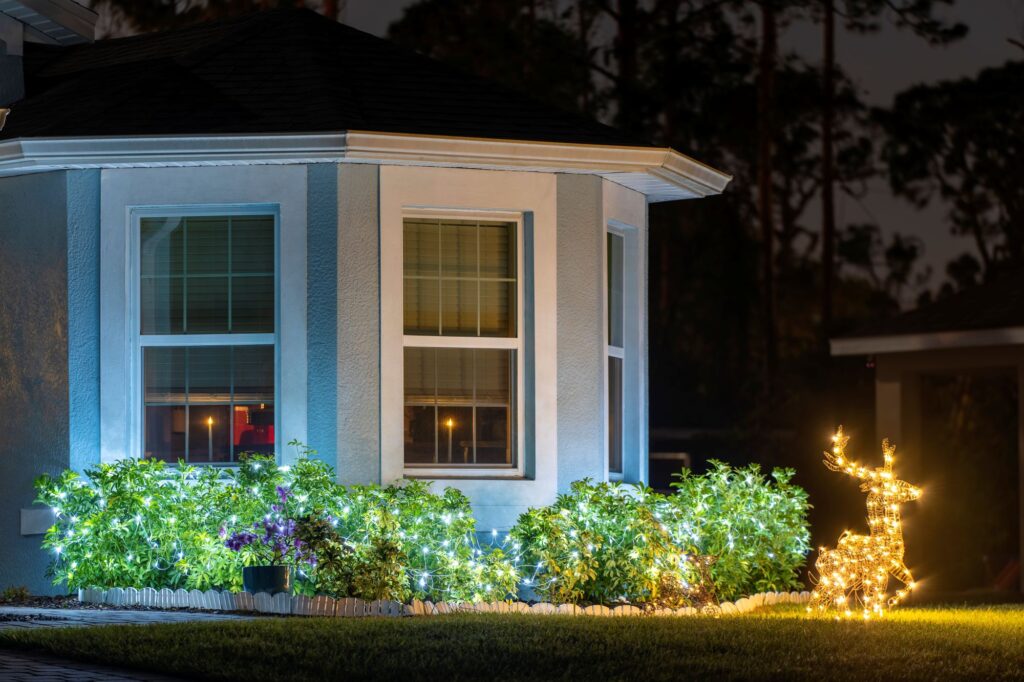
Size and quantity
Reasonable size/height caps are necessary, especially when you see how big inflatables have become. If they are allowed, limit inflatables and yard displays to less than 10 feet tall.
Be specific about the number of items that can be installed as well. Maybe it makes sense to limit inflatables to 1 per household. Or, not more than 2 small signs.
Safety first
It is okay to prohibit cords from snaking across sidewalks, smoke machines, and strobe lights as these can all threaten the health or safety of people living in the neighborhood.
Respect protected displays
In addition to the Fair Housing Act, several states have their own laws informing what people can and can’t display when it comes to religious displays. Some rules may allow owners to keep displays up all year long.
California
Religious items on entry doors/frames are protected. Civil Code Sections 1940.45 and 4706 restrict the ability for HOA governing documents to prohibit individuals within the association from displaying “religious items” on the entry doors and entry door frames of their respective dwellings.
An association may adopt and enforce the following restrictions. Religious items on any entry door or entry door frame must be removed if they:
- threaten the public health or safety
- hinder the opening or closing of any entry door
- violate any federal, state, or local law
- contain graphics, language or any display that is obscene or otherwise illegal
- individually or in combination with any other religious item displayed or affixed on any entry door or door frame that has a total size greater than 36 by 12 square inches, provided it does not exceed the size of the door
Texas
The Homeowners Religious Freedom Act, known as SB 581, amended Section 202.018 of the Texas Property Code. It prohibits HOAs from enforcing or adopting rules that restrict property owners or residents from displaying religious items on their properties, motivated by sincere religious beliefs.
Previously, HOAs could limit religious displays to the front entry of a residence, restricting their size to 25 square inches. SB 581 essentially erased size and location limitations, allowing residents to place religious displays, regardless of size, anywhere on their property.
Despite the increased freedom, HOAs still retain the right to impose restrictions if the displays:
- threaten public health or safety
- violate laws other than those prohibiting religious speech
- contain offensive language or graphics unrelated to their religious content
- are located on common areas or violate building lines, right-of-ways, setbacks, or easements
Promoting your HOA holiday decoration rules
Even the very best décor rules and policies won’t be effective if no one knows about them. That is why it is so important to share holiday decoration rules early and often.
Yes, people will still ask when they can start putting the winter lights up, but you will reduce the number of these inquiries if you promote the rules. Try to send reminders at least a month ahead of each holiday. This way, people aren’t spending $500 on spooky décor only to find out they cannot use it.
Use multiple communication channels to reach as many people as possible. This includes traditional paper notices, the community website, if applicable, and email or text notifications.
Make sure new owners are informed of the policies when they move in. CC&Rs, bylaws and rules should be included in their welcome packet.
It may be helpful to create an event calendar, too. Using a tool like HOA Central’s event management solution, a staff member can share important dates, such as start and end times for decorations. Having this information available in a community calendar makes it easy for owners to stay informed. They can even request to receive auto-alerts when a new event is added to a calendar.
Enforcement
Though no one wants to receive a violation for trying to spread holiday cheer, HOAs must be prepared to enforce the rules, and do so consistently, to avoid selective enforcement or complete disregard of the decoration rules.
Follow the HOA’s enforcement process, and ensure all correspondence is documented and archived.
If violations are not issued in a timely manner, conflicts between neighbors will increase, creating even more work for the board or management.
Associations may use various methods, including warnings, fines for repeated infractions, or even temporary removal of non-compliant decorations, if necessary. However, corrective or disciplinary measures cannot be made up as you go. Follow the violation procedures recorded in the governing documents.
Conclusion
Keep celebrations bright and complaints light. Establish and promote holiday decoration rules that allow HOA members to enjoy the holidays without impacting the neighbors.
Finally, be accommodating when possible. If holiday lights were supposed to come down by January 15, but a big snowstorm hit two days ago, give owners an extra week to comply with the rules.
